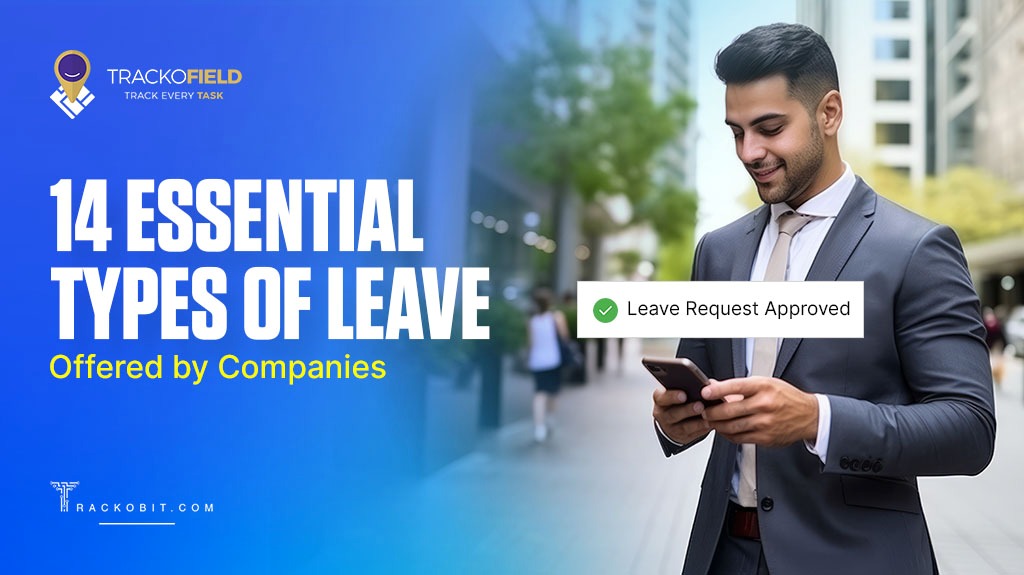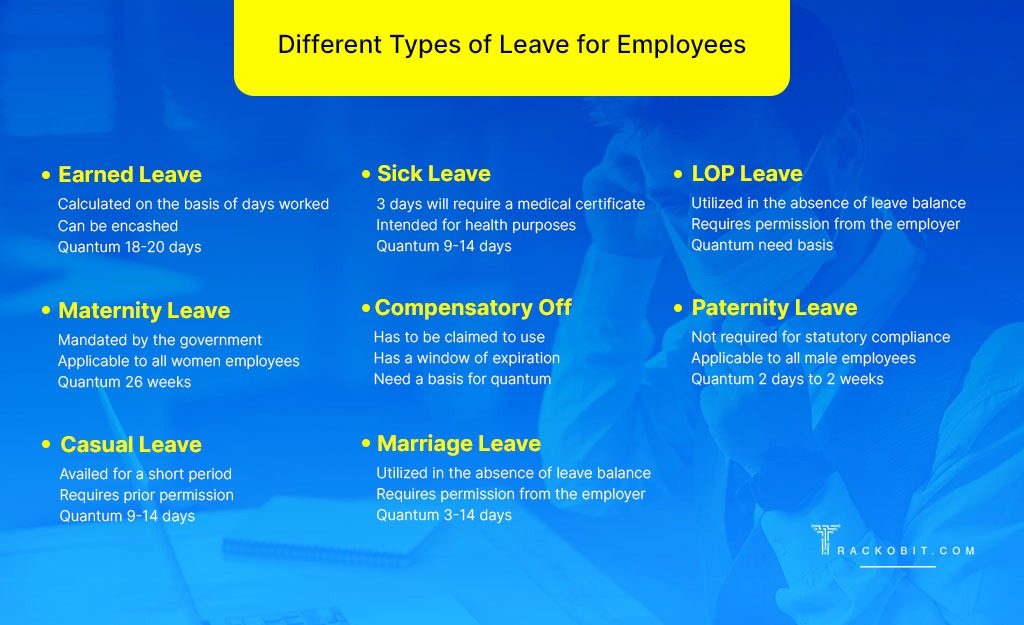-
TrackoBit
Manage commercial vehicles with the new-age Fleet Management Software
TrackoBit -
TrackoField
Streamline your scattered workforce with Field Force Management Software
TrackoField -
Features Resources
-
Blog
Carefully curated articles to update you on industrial trends. -
White Paper
Insightful papers and analysis on essential subject matters. -
Glossary
Explore an alphabetical list of relevant industry terms. -
What’s New
Get TrackoBit & TrackoField monthly updates here. -
Case Study
Explore the cases we solved with our diverse solutions. -
Comparisons
Compare platforms, features, and pricing to find your best fit.
-
About Us
Get to know TrackoBit: our team, ethos, values, and vision. -
Careers
Join the most dynamic cult of coders, creatives and changemakers. -
Tech Support
Learn about our technical support team and services in detail. -
Events
Check out the exhibitions where we left our marks and conquered. -
Contact Us
Connect with us and let us know how we can be of service.
14 Types of Leaves Offered by Companies
- Author:Tithi Agarwal
- Read Time:8 min
- Published:
- Last Update: December 17, 2025
Table of Contents
Toggle
Offering employees adequate leave is vital to maintaining and retaining their productivity. Speaking of leaves, have you heard about TrackoField’s field employee tracking solution simplifying the leave approval process?
Table of Contents
Toggle
Companies offer a range of leaves to support their employees’ needs, either for relaxing holidays or staying home when sick. These leaves provide the necessary flexibility for various situations. It’s important to remember that the key details while drafting leave policies —like provisions and duration—can vary based on industry, company policies, and labor laws.
Every employee has the right to utilize different types of leaves as needed. Companies must provide a minimum number of office leaves to their employees. Here’s a quick overview of the diverse types of leaves to comprehensively understand employee leave options.
So, let’s dive right in!
Different Types of Office Leaves
Employees can take different office leaves during their work tenure, whether in a government or private organization, to improve the balance between their work and personal life. Studies have shown that people with a better balance between work and personal life are more productive and retained for a longer term.
1. Privilege Leaves or Earned Leaves
This leave type is called Earned Leave because you ‘earn’ these leaves for days worked.
This kind of leave is also known as Vacation Leave (VL), privilege Leave (PL), flexible holiday leave, or Annual Leave (AL).
EL leaves are usually taken for private purposes, like vacations and non-holiday celebrations of festivals.
A week or longer of absence is referred to as “long leave.” To prevent work disruptions, an extended leave of absence for a team member must be scheduled in advance and communicated to the team or manager. Earned leaves have the special quality of having the balance carried over to the following year after the leave year.
2. Casual Leaves
Some employers offer EL in addition to casual leave. Unlike EL, which is planned leave, casual leave fulfills any urgent or unforeseen personal requirements.
Got an urgent problem with the home’s plumbing? Spend an hour or two using CL to solve the issue. Do you have any admissions-related duties to do at the child’s school? CL steps in to save the day.
EL can fulfill the same function if your company does not require CL. It streamlines the leave policy and lowers the number of leave categories.
3. Sick Leaves
Sick leave is time off that employers grant to their staff members to recover from illnesses or injuries. Employers must provide sick leave so workers can take time off for medical or personal purposes without losing pay.
It is imperative to confer with legislators regarding sick leave requirements and provisions, as they may vary depending on the country in which your business operates. In India, companies are required to offer their employees 15 days of sick leave every year.
4. Maternity Leave
When they take a sabbatical, working women frequently confront family planning issues that could impact their employment. Companies provide maternity leave so that the happiness of becoming a mother is not diminished.
Women in India are legally allowed to take six months off work to care for their pregnancies and postpartum. Women are also entitled to maternity leave in the event of an abortion or miscarriage, following the Maternity Benefit Act of 1961. The length of the leave that a business offers varies; generally speaking, maternity leaves offer the longest break out of all the kinds of leaves available to employees.
Lawfully, female employees can prolong their maternity leave for a maximum of 16 months without facing termination. However, the company may decide how many days of this period are unpaid.
5. Paternity Leave
If expecting fathers require time off to care for the mother and the newborn, they are welcome to use this leave. Nevertheless, the employer’s decision will determine whether or not the workers can take this leave. This means that taking this kind of leave is not required by law.
The length of paternity leave often ranges from two days to four weeks. An employee must apply for this leave within a certain amount of time. Employees must use paternity leave within eight weeks of the baby’s birth if their employer has included it as a form of leave in their leave policy.
6. Compensatory Off (Comp-off)
Due to increasing workload demands, employees who work on weekends or holidays may be eligible for compensatory time off on other workdays. This is a typical situation in many organisations when staff members have many projects to complete or deliverables to work on, even on holidays or beyond work hours. Compensatory time off is the incentive for working overtime. Employees can take a much-needed break from work in this way.
Workers request time off by submitting requests to HR and their managers. When management consents, the request is sent to HR for additional evaluation and approval.
7. Marriage Leave
The term “marriage leave” describes the time off an employee is permitted by their company to attend their wedding or the wedding of a member of their immediate family. The duration of this sort of leave depends on the organisational norms. It permits employees to take time off from work to participate in pre-wedding rites, the wedding itself, and any post-wedding rituals or celebrations.
Goal: To assist staff members during this momentous occasion and free them up to concentrate on planning their weddings without worrying about work commitments.

8. Bereavement Leave
Employees are entitled to Bereavement Leave if a family member passes away. Workers might use this time off to finish funeral rites and deal with the painful circumstances of a personal loss.
The duration of this kind of leave varies depending on the company. The employer can only approve bereavement leave because the labor legislation does not require employers to provide their employees with this break.
9. Loss of Pay/ Leave without Pay
An employee’s leave balance may occasionally run entirely out. If they have an emergency and need to take a day off, they can choose loss of pay (LOP) leave.
This type of leave is called “Loss of Pay” because it is not a paid or payroll leave. The salary for the days the employee took LOP leave is deducted from their net income during payroll processing.
Let’s look at another example to comprehend this kind of leave for workers better.
For example, workers notify their immediate management when they will be absent. That day off would be known as Loss of Pay Leave or LOP Leave in such a situation.
10. Menstruation Leave
Some progressive companies allow women employees to have menstruation leave so that they can rest. While not common in India, some of the largest companies, such as Swiggy, Zomato, and Byjus, offer menstruation leave to their female employees.
11. Public Holidays
Each country has different public holidays, some of which are state-related and others religious. Some of these holidays are celebrated in many countries on the same day.
A few examples of such holidays are:
- Christmas,
- New Year’s Day,
- Good Friday,
- Easter Monday,
- Labor Day, and so on.
In a sense, public holidays are days off provided by the government.
It’s important to mark your country’s days off in the company calendar at the beginning of the year and plan shifts accordingly. Using a time and attendance app, You can track public and religious holidays.
12. Half day Leave
As the name implies, half-day leaves are taken by employees for a maximum of two hours; that is, they may take time off for either the first or second half of the day.
This kind of leave helps people manage their personal and professional lives by enabling them to take care of small activities like visiting PTMs or banks. Quite good for work-life balance, isn’t it?
13. Sabbatical Leave
Employees may take sabbatical leaves if they need time off for academic pursuits, course completion, or research work. Sabbatical leave is unpaid; in other words, employees won’t receive any salary while they are on it. Some companies offer contracts or agreements that the employees, after completing the course, will work with the company for specific years.
The company may require the employee to sign a bond stating that they will rejoin the same company after completing their course. In that way, the employee can contribute their newly acquired skills and knowledge to the organization.
14. Time off in lieu (TOIL)
Compensatory leave, or TOIL, is related to working overtime. A corporation should have an overtime policy in place in addition to its leave policy.
Software designed specifically for managing overtime should also be used for this purpose. In light of this, some businesses allow their staff to work extra, for which they receive paid time off.
Tracking Employees and Their Leaves in All-in-one Software
Keeping track of which employee is present or absent usually leaves managers scratching their heads. That is why we suggest using field employee tracking software.
And what better than comprehensive field employee tracking software like TrackoField, which has interactive and automated solutions like leave management, payroll management, and attendance management?
Let us get to the best part—it has an executive app that allows field employees to apply for leave, be it sick, casual, or half-day, right from the field. There is no need to call up or travel all the way to the office to inform managers; they get notified in real time on their admin app.
Bonus: Managers can review every employee’s leave trend from a dashboard view and make wise decisions about whether to approve leave.
Managers can easily track when, for how long, and for what reasons an employee was absent. They can also approve absences and get detailed absence reports on the individual, team, or department levels.
TrackoField’s attendance & leave management segment has features such as:
- Features allowing employees to submit absence requests, which can then be approved or denied through the app
- A transparent history of approvals, so there can’t be miscommunication
- Features to easily track absences and get visual statistics
- The ability to track other types of work, such as remote work
- Auto compilation of leave data to process accurate payroll data
With TrackoField Approve and Deny Leave Request Left Right!
Leave plays an important role in ensuring that employees remain efficient, rejuvenated, and retained while at work. A rise in absenteeism is a sign of dropping productivity, which can be detected by studying reports and observing leave patterns. We’ve examined the different types of leave, explained why they are important, and discussed how TrackoField is the perfect employee tracking software for unloading your challenging tasks.
With a cloud system, you can automate the process, reduce administration, and make absence approvals much faster and more transparent.
Tithi Agarwal is an established content marketing specialist with years of experience in Telematics and the SaaS domain. With a strong background in literature and industrial expertise in technical wr... Read More
Related Blogs
-

How TrackoField’s Analytical Intelligence Transforms Field Operations
Mudit Chhikara January 12, 2026Turn complex field data into clear insights. Use analytical intelligence to drive faster, smarter decisions.
-

Grameen Credit Score: Everything that NBFCs and MFIs Must Know in 2026
Shemanti Ghosh January 6, 2026Empower the underserved Joint Liability Groups (JLG), Self-Help Groups (SHG), and residents of rural India with better credit assessment and…
-

How MFIs Are Working In Modern Day Scenario? A Complete Breakdown
Mudit Chhikara December 30, 2025How field force automation is helping MFIs transform field operations.
-

Unified Field Workforce Dashboard: Monitor Tasks, Attendance & More In One Place
Mudit Chhikara December 15, 2025Bring full clarity to field operations with a single, real-time field workforce dashboard.

Subscribe for weekly strategies to boost field team productivity.
Your inbox awaits a welcome email. Stay tuned for the latest blog updates & expert insights.
"While you're here, dive into some more reads or grab quick bites from our social platforms!"Stay Updated on tech, telematics and mobility. Don't miss out on the latest in the industry.
We use cookies to enhance and personalize your browsing experience. By continuing to use our website, you agree to our Privacy Policy.



































